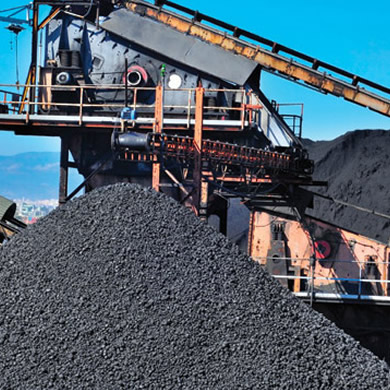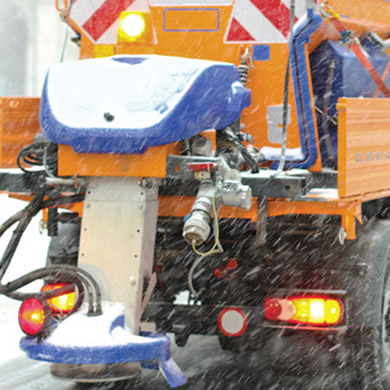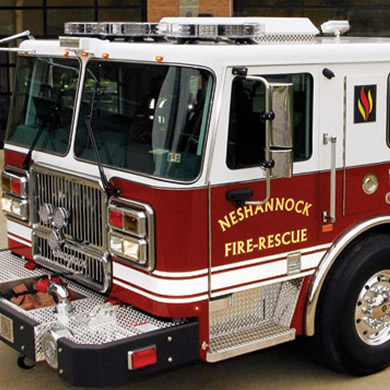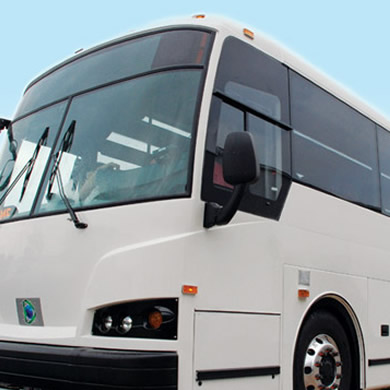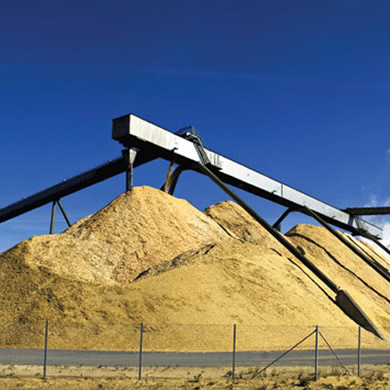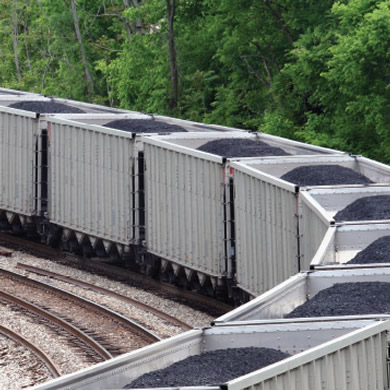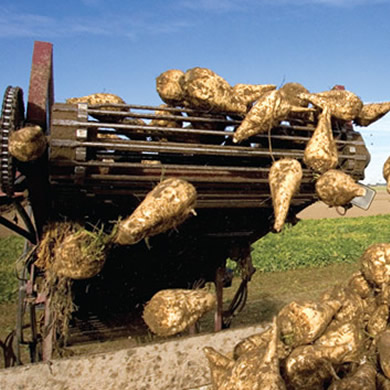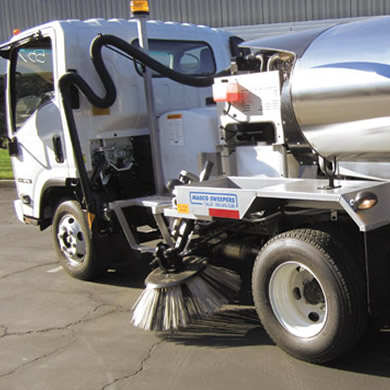300-series, austenitic grades are the most widely used stainless steels. These grades can be welded many times without changing metallurgically and are not hardened thermally but by cold-working. Regular 300-series grades have around 18 % chromium and 7% to 10% nickel content; molybdenum improves resistance to localized corrosion in chloride-containing environments. 300-series grades have good corrosion resistance but are susceptible to chloride stress corrosion cracking. They resist oxidation and retain their (moderate) strength at elevated temperatures.
Available in coil, sheet, plate and tube

